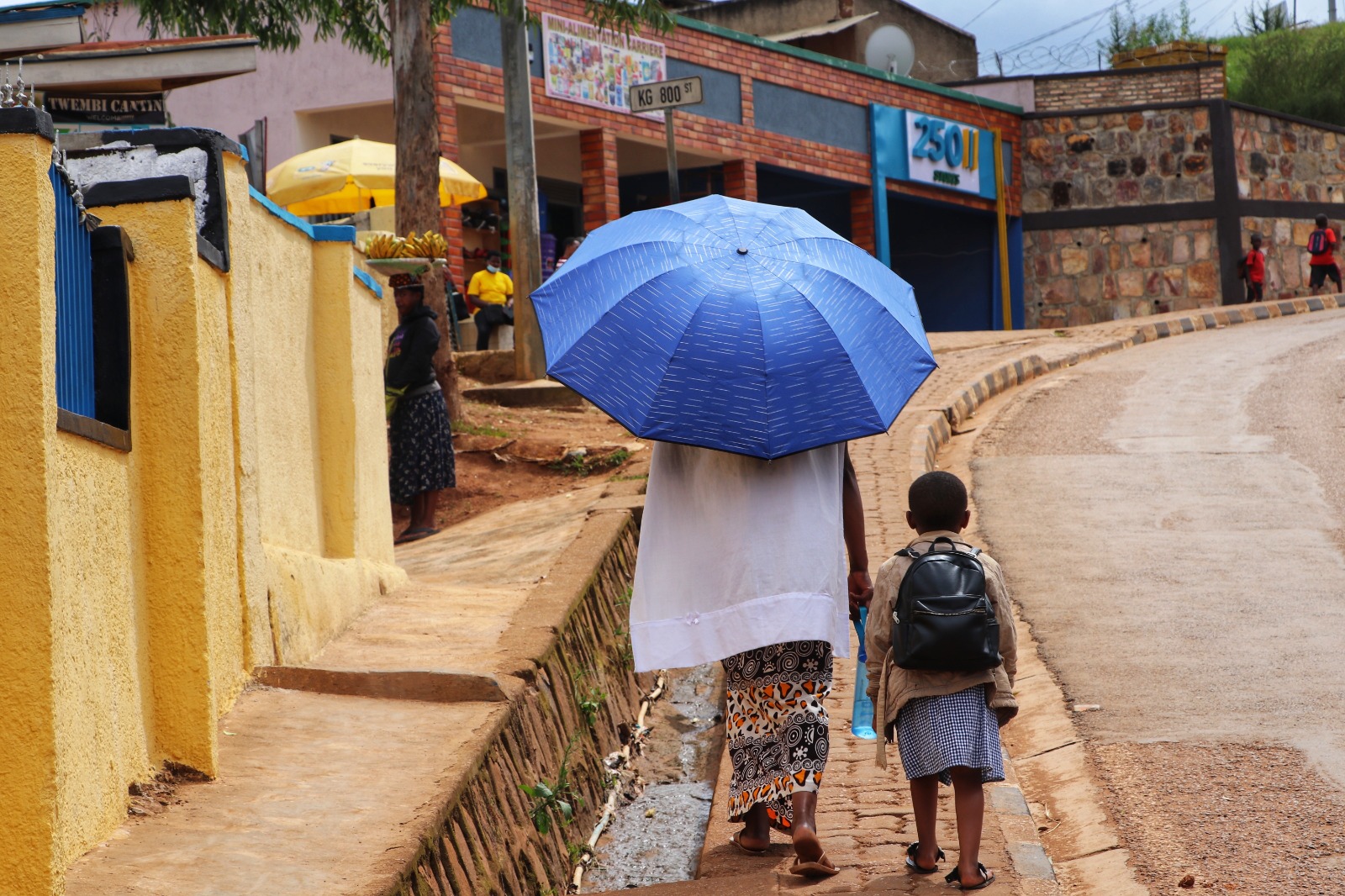The Challenge
Over the last decade, Rwanda’s Ministry of Health, donors and partners have invested significantly in Health Information Systems (HIS). As a result, substantial health data are routinely being collected. However, the quantity and quality of these data are of little value until health programs and health service providers intentionally and consistently use this data to inform public health interventions.
Significant barriers limiting the effective use of data for health programming in Rwanda remain. The most significant of these are:
- multiple and siloed health information systems,
- difficulty in processing, analyzing and disseminating data in a user-friendly and digestible format, and
- limited data interpretation for programmatic and policy action.
Our Solution
In 2018, the Rwanda Biomedical Center partnered with Zenysis and the Global Fund (funding partner) to develop the Rwanda Health Analytics Platform (RHAP). The RHAP is a data integration and analytics platform built on Zenysis’ Harmony platform.
More than 17 data sources from various health programs were successfully integrated into RHAP, providing a single unified view of all the data from these disparate systems, and on-demand data analytics to uncover critical insights on the true situation on the ground.
These integrations included the following types of data: Master Facility Registry; the Health Management Information System (HMIS); community systems data; survey data; geospatial data; logistics, COVID-19, HIV data, laboratory data, civil registration and vital statistics data and TB case surveillance data; supervision data; and Integrated Disease Surveillance and Response (IDSR) data. See the full list of systems at the end of the article.
In 2022, as a RIHSA consortium partner (a three year project funded by the U.S. Agency for International Development), Zenysis facilitated the successful roll-out of the RHAP analytics platform to District Health Management Teams and decision-makers across the country.
In 2022, as a RIHSA consortium partner – a three year project funded by the U.S. Agency for International Development- Zenysis facilitated the successful roll-out of the RHAP analytics platform to District Health Management Teams and decision-makers across the country.
This roll-out included:
- automating routine analytics and reports at national and subnational level;
- developing data consistency analytics dashboards that identify both service delivery and data quality issues;
- customizing the analytics dashboards for the Ministry of Health, the Rwanda Biomedical Center and health facilities, and distributing them monthly for consistent program monitoring and corrective actions;
- training national and subnational level users in the use of the platform, data analytics and using data to improve health service delivery.
Impact
The Ministry of Health and Rwanda Biomedical Center have adopted the RHAP as the national integration and analytics platform. They also recognise Zenysis as a core data use partner for the country.
The adoption of the RHAP is showing noticeable impact in several areas:
- Improved skills in data use : As of early 2023, all 30 health districts in Rwanda are able to create dashboards through RHAP. These dashboards are accessed and used by over 220 national and subnational level staff who have been equipped with knowledge, skills, tools and insights to use data to inform planning, monitoring and quality improvement of health services delivery.
“This is the first time we have been introduced to a new health information system that will not increase our workload but decrease it and make it easier.” – Maurice, Dean of Hospital Data Managers
- Better quality data: Dashboards summarizing data inconsistencies are shared with health facilities monthly, triggering root cause analyses and quality improvement action planning and implementation. Health facilities are now able to ascertain whether challenges are related to data quality or the quality of service delivery. For example, with data inconsistency dashboards, it was possible to observe where pregnant women were not coming for all four ANC visits, and facilities implemented corrective measures.
- Improved data use: RHAP dashboards are being used to measure and improve the management of essential medication and health commodities, tracer drug stock, and targeted supportive supervision. The platform’s automated analytics provide bi-annual epidemiologic data bulletins, quarterly performance indicators, and annual sector performance reports, allowing for better oversight and management of performance. The health ministry uses the RHAP to develop their health indicator performance presentations used in routine visits to districts. These have been instrumental in prioritizing visits, informing performance feedback and determining remedial or improvement actions.
- Strengthening of the national Health Management Information System: Through use of the RHAP, users identified critical data elements that were not being captured in the HMIS monthly reporting forms (e.g., non-communicable disease patient movements between health facilities). Zenysis is working with data producers and data users at the Rwanda Biomedical Center, the health ministry and subnational level to ensure the HMIS captures the data needed to respond to key programmatic questions.
- Improved Service Delivery: Improved data access and use is helping to improve health service delivery, most notably in antenatal care (ANC), where the identification of data quality issues and service delivery gaps have led to steady improvements in key indicators.
“The RHAP was used to create ANC service delivery monitoring dashboards to compare women attending their first ANC visit and those receiving the recommended services as per the antenatal guidelines to identify data quality issues and assess service delivery gaps.”
The RHAP was used to create ANC service delivery monitoring dashboards to compare women attending their first ANC visit and those receiving the recommended services as per the antenatal guidelines to identify data quality issues and assess service delivery gaps. These dashboards were disseminated monthly to health facilities for quality improvement action planning and implementation. As facilities implement corrective measures based on the data, steady improvements in . the proportion of women receiving the recommended ANC package of services during their first ANC visit are being seen.
For example, between December 2021 and October 2022, in women attending their first ANC visit there was an:
- 11% increase in women tested for anemia (fig 1)
- 16% increase in women treated for syphilis (fig 2)
- 33% increase in women treated for HIV (fig 3)
- 15% increase in women provided malaria bed nets (fig 4)
Health Information Systems integrated into the RHAP:
- Master Facility Registry (MFR)
- Health Management Information System (HMIS)
- SISCOM/Community Systems (SISCOM)
- Demographic and Health Surveys (DHS)
- Malaria Incidence Survey) (MIS)
- Geospatial data
- Electronic Logistic Management Information System (eLMIS),
- Three COVID-19 systems (public, testing, and vaccination),
- HIV data
- Integrated Supervision Survey (ISS)
- Integrated Disease Surveillance and Response (IDSR)
- Laboratory Information System (LIS)
- Civil Registration and Vital Statistics (CRVS)
- TB Case Surveillance





